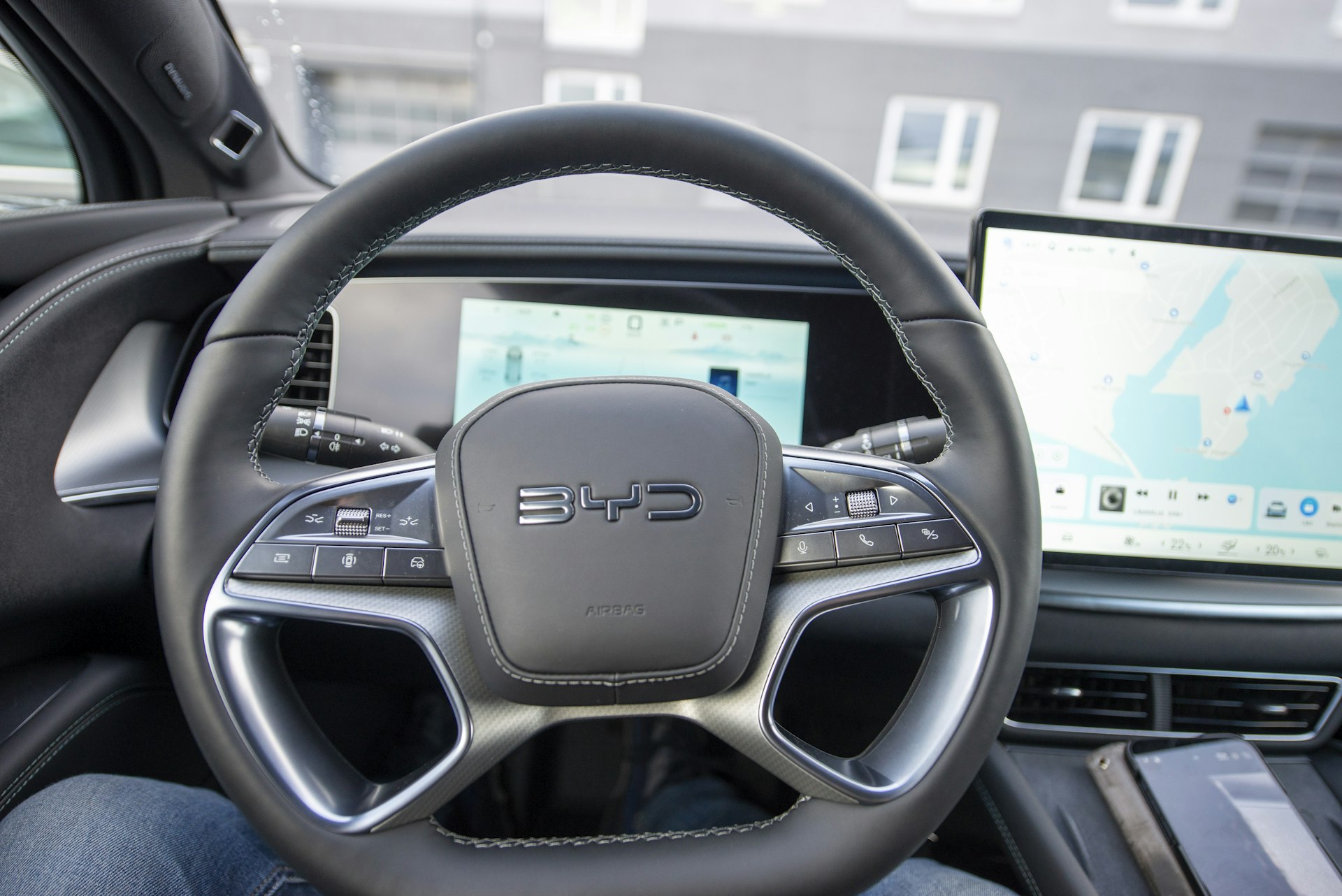How Solar-Powered Vehicles Are Transforming Sustainable Transportation

Photo by Emmanuel Appiah on Unsplash
The Global Emergence of Solar-Powered Vehicles
Solar-powered vehicles are rapidly evolving from experimental concepts to viable transportation options across the globe. With growing concerns about climate change, air pollution, and fossil fuel dependency, governments, companies, and consumers are actively seeking reliable, eco-friendly alternatives. Solar vehicles, powered by integrated photovoltaic (PV) panels, offer the promise of reduced fuel costs, lower emissions, and increased energy independence. This article provides a comprehensive overview of the rise of solar-powered vehicles, examining market trends, technological advancements, regional growth, and practical implementation strategies for individuals and organizations.
Market Growth and Industry Trends
The solar vehicle market has witnessed a surge in interest and investment over the last decade. According to multiple industry reports, the market is expected to reach between $1.2 trillion and $2.5 trillion by 2032, reflecting a compound annual growth rate (CAGR) exceeding 12% in some regions [1] [3] [4] . The passenger vehicle segment is anticipated to hold the largest share, driven by urbanization, stricter emission regulations, and consumer demand for sustainable mobility solutions.
In January 2025, Vayve Mobility introduced India’s first solar-powered electric vehicle, EVA, at the Bharat Mobility Global Expo, demonstrating the global expansion of solar vehicle innovation. The EVA offers multiple battery options and is competitively priced, signaling growing accessibility for consumers in emerging markets [1] .
Technological Innovations Driving Adoption
The practicality and efficiency of solar-powered vehicles rely on continual advancements in solar panel and battery technology. Monocrystalline panels are now the preferred choice for vehicle integration due to their superior efficiency, longevity, and performance in limited or low-light conditions. These panels maximize energy capture from the limited surface area available on vehicles, leading to longer driving ranges and reliable performance [1] .
Automakers and technology firms are also focusing on lightweight materials, aerodynamic designs, and AI-based route optimization to further enhance solar vehicle efficiency. Other innovations include regenerative braking systems, solar-optimized charging networks, and wireless charging infrastructure with integrated battery energy storage systems (BESS). The adoption of vehicle-integrated photovoltaics (VIPV) is a critical trend, with companies increasingly forming partnerships with EV infrastructure providers and solar technology firms to create a holistic green mobility ecosystem [4] .
Regional Momentum and Policy Support
The adoption of solar-powered vehicles varies across regions, influenced by government incentives, environmental regulations, and consumer awareness. North America leads in market share, supported by low battery costs, advanced automotive technology, and favorable government policies, including subsidies and emission norms. The Dutch government, for example, has reduced registration fees for plug-in hybrids and committed to selling only zero-emission vehicles by 2030 [3] .
Asia Pacific is experiencing the fastest growth, with China, Japan, India, and South Korea implementing robust policies to promote electric and solar-powered vehicles. China’s government offers significant subsidies and tax incentives, directly contributing to a notable increase in production and adoption. Japan has invested heavily in R&D for solar automotive integration, with a 15% increase in specialized panel production in the last year [2] . Europe remains a stronghold for solar vehicle innovation, thanks to widespread adoption in Germany, France, and the U.K., underpinned by stringent environmental policies and consumer demand for green transportation [3] . Emerging markets such as Brazil and the UAE are also investing in solar vehicle development, supported by growing environmental awareness and government-led clean energy programs [2] .
Benefits and Practical Applications
Solar-powered vehicles offer several benefits:
- Reduced operating costs due to lower fuel and maintenance expenses.
- Lower greenhouse gas emissions , helping to meet sustainability goals and compliance with environmental regulations.
- Energy independence by leveraging renewable energy, decreasing reliance on the grid and fossil fuels.
- Potential for decentralized charging and integration with smart energy systems.
Applications range from personal passenger vehicles to commercial fleets and last-mile delivery solutions. Companies are piloting solar-assisted delivery vans and urban buses, while some municipalities are integrating solar vehicles into public transport networks. Innovations such as solar subscription plans and fleet electrification services are emerging as cost-effective models for businesses seeking to reduce total cost of ownership (TCO) [4] .
How to Access Solar-Powered Vehicle Solutions
The path to adopting solar-powered vehicles depends on individual and organizational needs. Here is a step-by-step guide:
- Research available models: Identify manufacturers or local dealers offering solar-powered vehicles. Visit official automaker websites or contact local dealerships for current availability and pricing.
- Investigate incentives: Many governments and municipalities offer incentives, rebates, or tax credits for solar or electric vehicle purchases. Consult your national energy department or local environmental agency for current programs. In the U.S., the Department of Energy and state-level resources provide searchable databases for clean vehicle incentives. In Europe and Asia, check with respective government transport or environmental ministries.
- Assess infrastructure readiness: Evaluate your region’s solar charging infrastructure and consider home or workplace solar integration. Consult reputable solar installation firms or certified energy consultants for feasibility studies and cost estimates.
- For businesses and fleets: Engage with commercial solar mobility solution providers. Many offer consultations for scaling up fleet electrification and integrating solar charging into logistics operations. Attend industry expos or network with established fleet management companies specializing in green mobility.
- Participate in pilot programs: Some cities and manufacturers periodically launch pilot projects or offer limited-time trials for solar vehicles. Monitor official city websites, automaker press releases, or industry news portals for announcements and application instructions.
If you’re unsure where to start, consider contacting your local environmental agency, Department of Transportation, or a reputable automotive association for referrals to verified solar vehicle providers and support programs. You can also search for “solar vehicle incentives” or “EV rebates” along with your location for the latest offers.
Overcoming Challenges and Exploring Alternatives
While solar-powered vehicles represent a promising solution, several challenges remain. These include:
- Efficiency limitations: Current solar panels can only capture a portion of the energy needed for long-distance travel, especially in areas with limited sunlight.
- Upfront costs: Solar vehicles often carry higher purchase prices due to advanced materials and technology, though costs are declining as production scales.
- Charging infrastructure: Widespread adoption requires expansion of decentralized solar charging stations and integration with smart grids.
- Technological maturity: As the industry matures, ongoing R&D is necessary to improve panel efficiency, battery storage, and overall vehicle performance.
To address these challenges, many organizations are focusing on hybrid models, such as solar-assisted electric vehicles, which combine traditional charging with supplemental solar energy. Fleet operators may consider phased adoption, starting with smaller vehicles or limited routes, and leveraging government grants or partnerships to offset costs.
Industry Outlook and Next Steps
The future of solar-powered vehicles is shaped by rapid technological progress, evolving policy landscapes, and growing demand for sustainable mobility. As battery technology improves and economies of scale are realized, it is expected that both the cost and efficiency of solar vehicles will become increasingly competitive with conventional vehicles. Businesses and consumers interested in adopting solar-powered vehicles should stay informed about policy developments, incentive programs, and new product launches by regularly consulting official government, industry, and automaker resources. For those ready to take action, begin by researching available models, assessing local incentives, and partnering with reputable providers in the clean transportation sector.

Photo by TSD Studio on Unsplash
References
- [1] Coherent Market Insights (2025). Solar Vehicle Market Trends, Share and Forecast.
- [2] Fact.MR (2025). Solar Powered Car Market Size, Share and Statistics – 2035.
- [3] Fortune Business Insights (2024). Solar Vehicle Market Size, Share, Growth & Global Report.
- [4] Global Market Insights (2025). Solar Vehicle Market Size & Share, Growth Trends.
MORE FROM smartsavingsfinder.com













